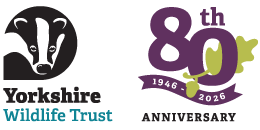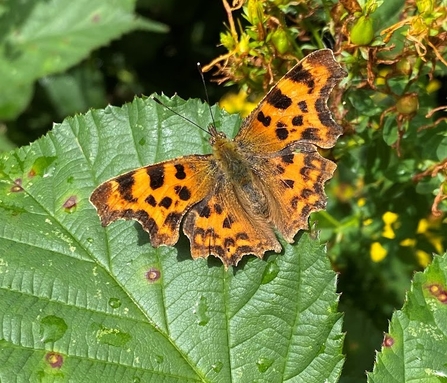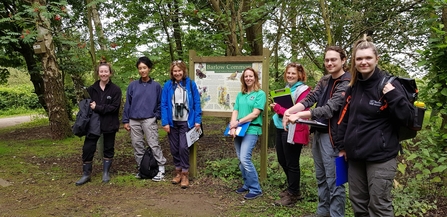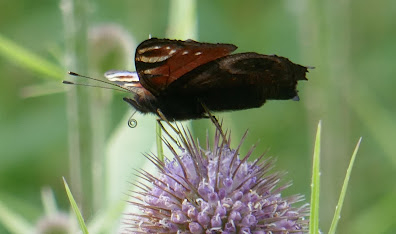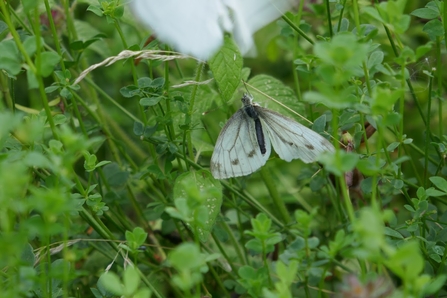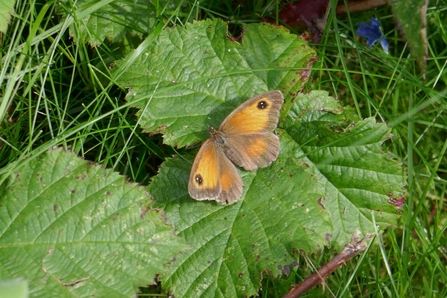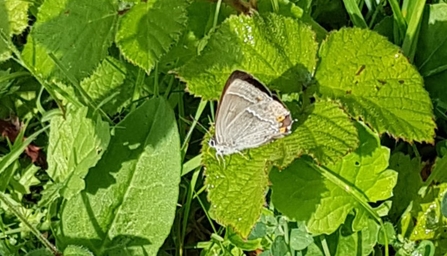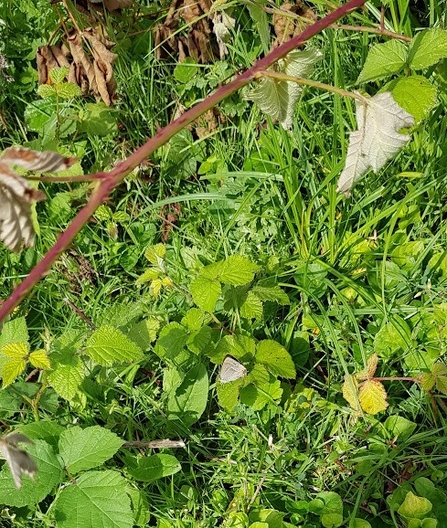
Can you spot the butterfly?
Photo Credit - Howard Roddie
Every butterfly picture tells a story...
Back at the start of the year, I signed up for Volunteer Butterfly ID training on Barlow Common. As the date got closer, I thought I would practise taking pictures of butterflies.
The results weren’t good. Most of the time I was left with a patch of empty vegetation or a smudge of fluttering wings. From a distance I might just get something. So, it was a bit concerning that I needed pictures for publication. I was determined only to use pictures from Barlow, so that ruled out using Simon Tull's (another Telling our Story Volunteer) excellent pictures. However, I make no apologies for mine and you'll will see why.
Here’s one of mine, taken on a phone camera … Can you spot the butterfly? I’ll come back to it later. The best picture of the training day wasn’t taken by me. It was taken by Claire Burton, our River Restoration Officer and trainer for the day, it features the spectacularly ragged comma butterfly at Barlow Common - much better, I think.
